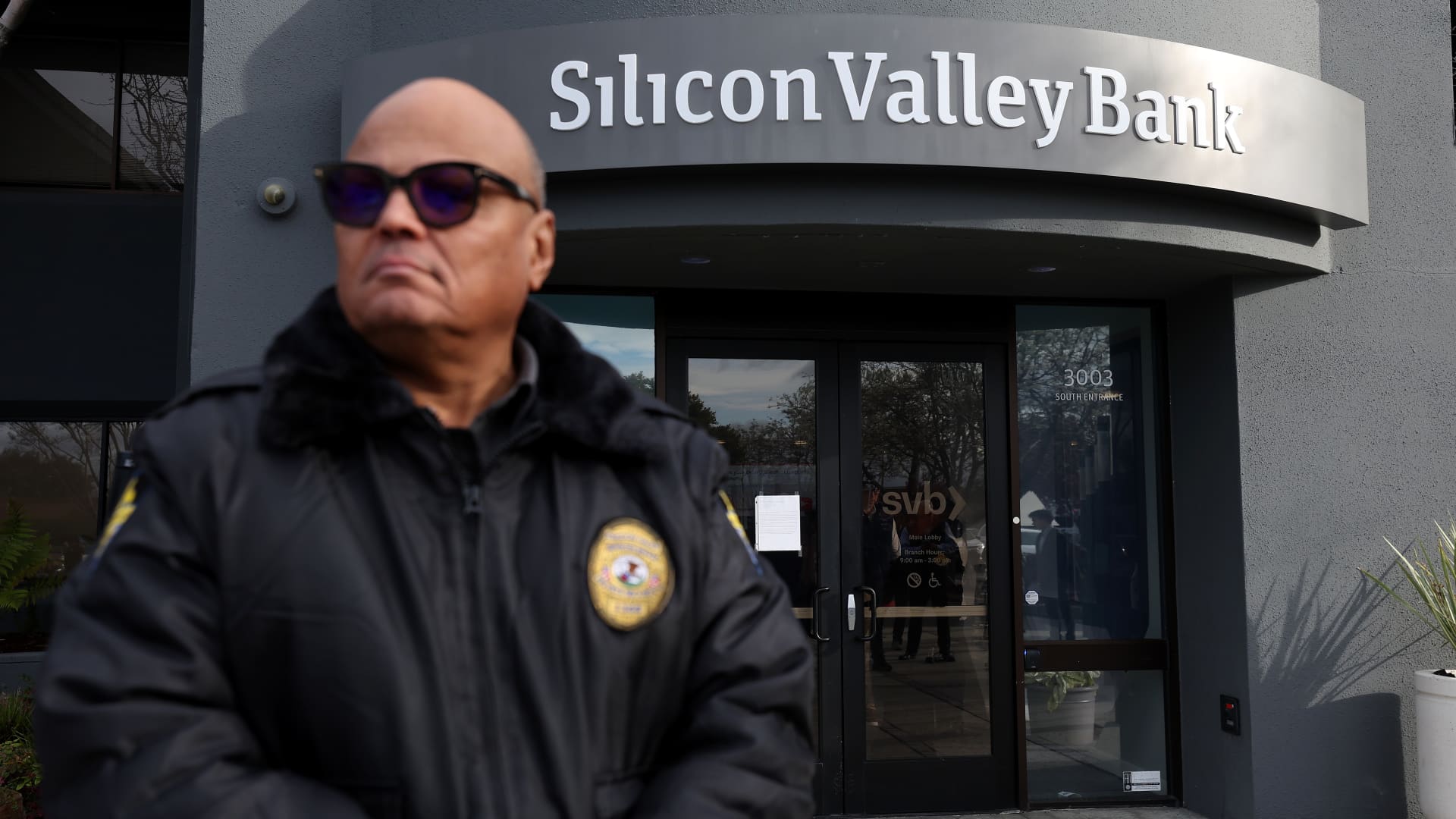Silicon Valley Bank’s dramatic failure in early March was the product of mismanagement and supervisory missteps, compounded by a dose of social media frenzy, the Federal Reserve concluded in a highly anticipated report released Friday.
Michael S. Barr, the Fed’s vice chair for supervision appointed by President Joe Biden, said in the exhaustive probe of the March 10 collapse of SVB that myriad factors coalesced to bring down what had been the nation’s 17th-largest bank.
Among them were bank executives who committed “textbook” failures in managing interest rate risk, Fed regulators who failed to understand the depth of SVB’s problems and then were too slow to react, and a social media frenzy that may have accelerated the institution’s demise.
Barr called for broad changes in the way regulators approach the nation’s complex and interwoven financial system.
“Following Silicon Valley Bank’s failure, we must strengthen the Federal Reserve’s supervision and regulation based on what we have learned,” he said.
“As risks in the financial system continue to evolve, we need to continuously evaluate our supervisory and regulatory framework and be humble about our ability to assess and identify new and emerging risks,” Barr added.
A senior Fed official said increased capital and liquidity might have helped SVB survive. Central bank officials likely will turn their attention to cultural changes, noting that risks at SVB were not thoroughly examined. Future changes could see standardized liquidity requirements to a broader range of banks, and tighter supervision of compensation for bank managers.
Bank stocks were higher following the report’s release, with the SPDR S&P Bank ETF up about 1.3%.
In a stunning move that continues to reverberate across the banking system and through financial markets, regulators shuttered SVB following a run on deposits triggered by liquidity concerns. To meet capital requirements, the bank was forced to sell long-dated Treasury notes at a loss incurred as rising interest rates ate into principal value.
Barr noted that SVB’s deposit run was exacerbated by fear spread on social media outlets that the bank was in trouble, combined with the ease of withdrawing deposits in the digital age. The phenomenon is something that regulators need to note for the future, Barr said.
“[T]he combination of social media, a highly networked and concentrated depositor base, and technology may have fundamentally changed the speed of bank runs,’ he said in the report. “Social media enabled depositors to instantly spread concerns about a bank run, and technology enabled immediate withdrawals of funding.”
He used a broad brush in discussing the Fed’s failures, not mentioning San Francisco Federal Reserve President Mary Daly, under whose jurisdiction SVB sat. Senior Fed officials speaking on condition of anonymity said regional presidents aren’t generally responsible for direct supervision of the banks in their districts.
Fed Chairman Jerome Powell said he welcomed the Barr probe and its internal criticism of Fed actions during the crisis.
“I agree with and support his recommendations to address our rules and supervisory practices, and I am confident they will lead to a stronger and more resilient banking system,” Powell said.
SVB was a darling of the tech industry as a place to turn to for high-flying companies in need of growth financing. In turn, the bank used billions in uninsured deposits as a base for lending.
The collapse, which happened over the matter of just a few days, sparked fears that depositors would lose their money as many of the accounts were above the $250,000 threshold for Federal Deposit Insurance Corporation insurance. Signature Bank, which used a similar business model, also failed.
As the crisis unfolded, the Fed rolled out emergency lending measures while guaranteeing that depositors wouldn’t lose their money. While the moves have largely stemmed the panic, they spurred comparisons to the 2008 financial crisis and have led to calls for reversing some of the deregulatory measures taking in recent years.
Senior Fed officials said changes to the Dodd-Frank reforms helped spur the crisis, though they also acknowledge that the SVB case also was a failure of supervision. A change approved in 2018 reduced the stringency of stress testing for banks with less than $250 billion, a category in which SVB fell.
“We need to develop a culture that empowers supervisors to act in the face of uncertainty,” Barr wrote. “In the case of SVB, supervisors delayed action to gather more evidence even as weaknesses were clear and growing. This meant that supervisors did not force SVB to fix its problems, even as those problems worsened.”
Areas the Fed is likely to focus on include the types of uninsured deposits that raised concerns during the SVB drama, as well as a general focus on capital requirements and the risk of unrealized losses that the bank had on its balance sheet.
Barr noted that supervisory and regulatory changes likely won’t take effect for years.
The General Accounting Office also released a report Friday on the bank failures that noted “risky business strategies along with weak liquidity and risk management” that contributed to the collapse of SVB and Signature.
